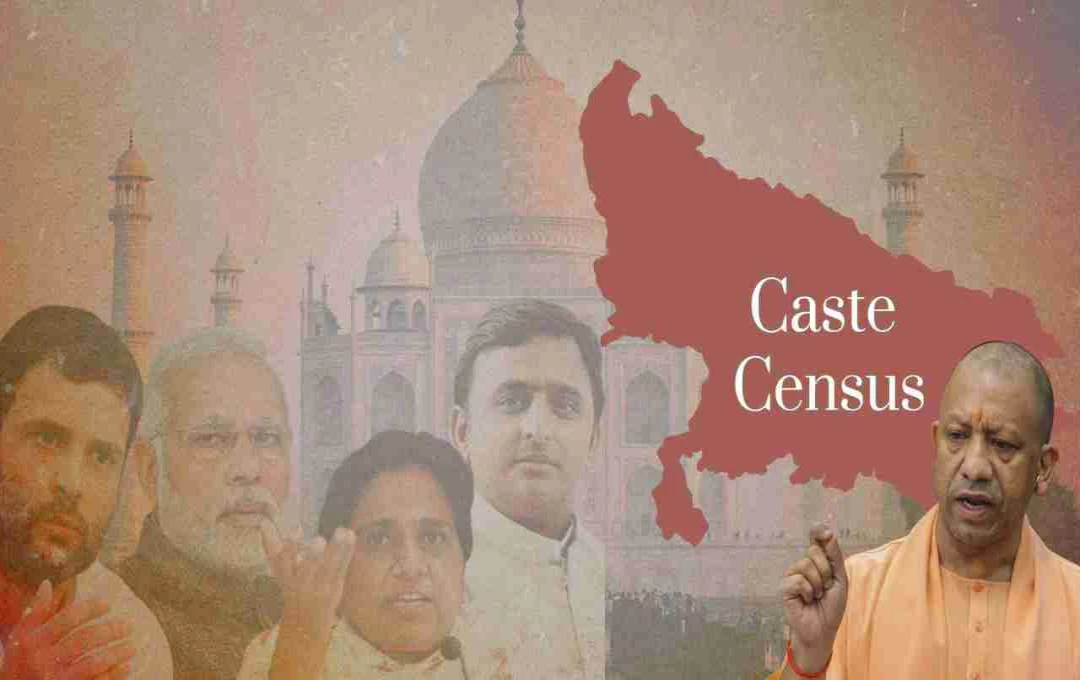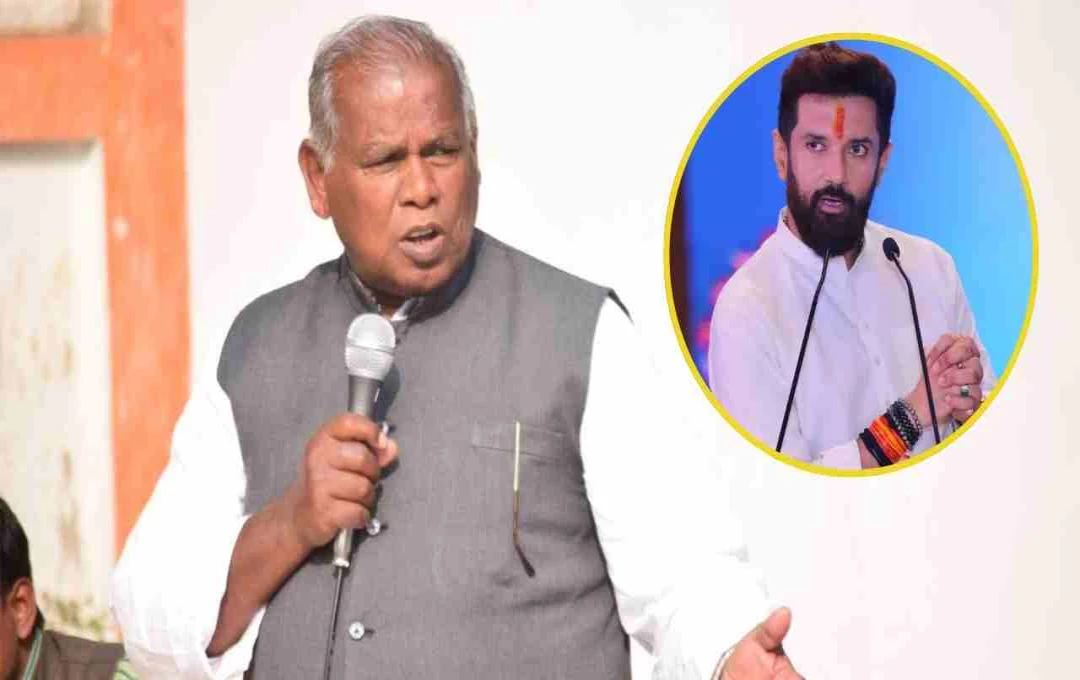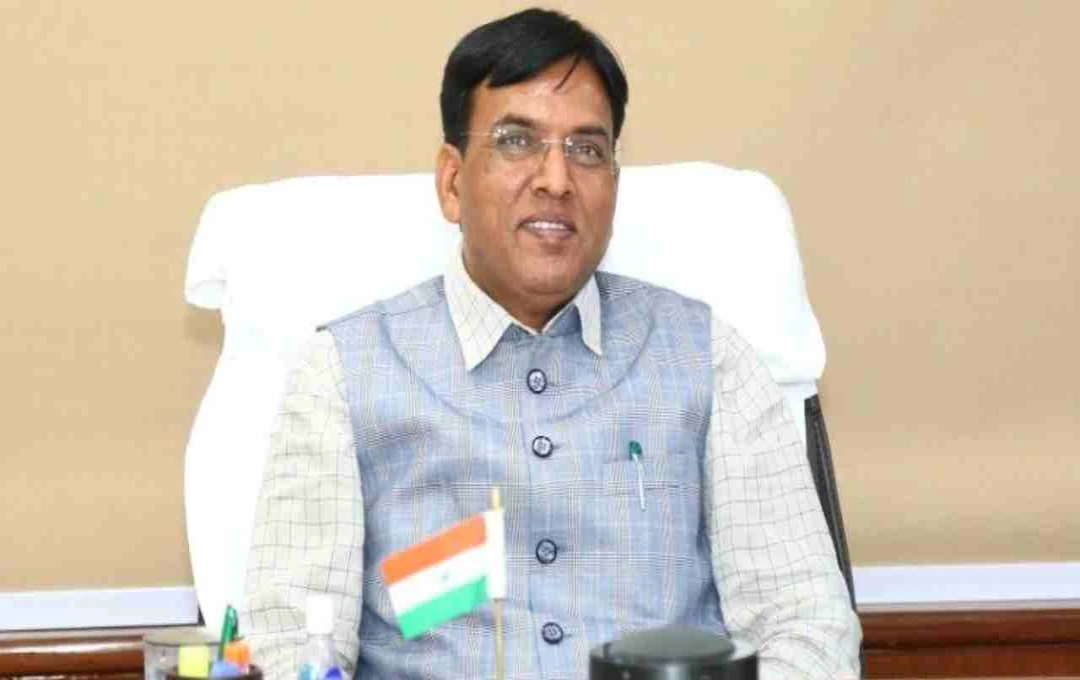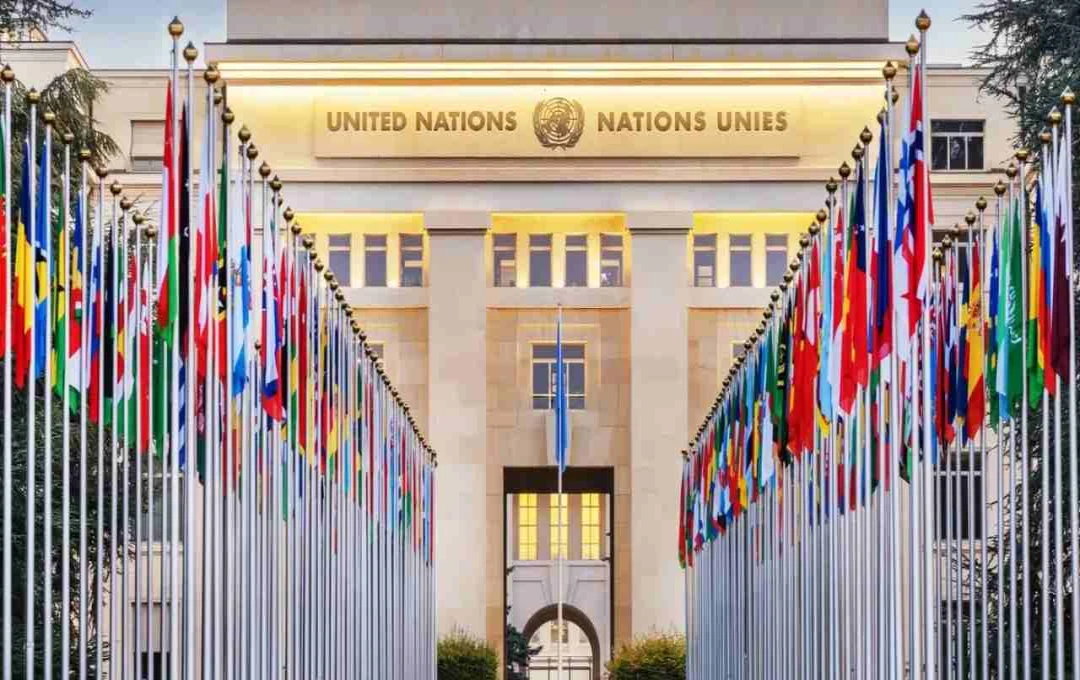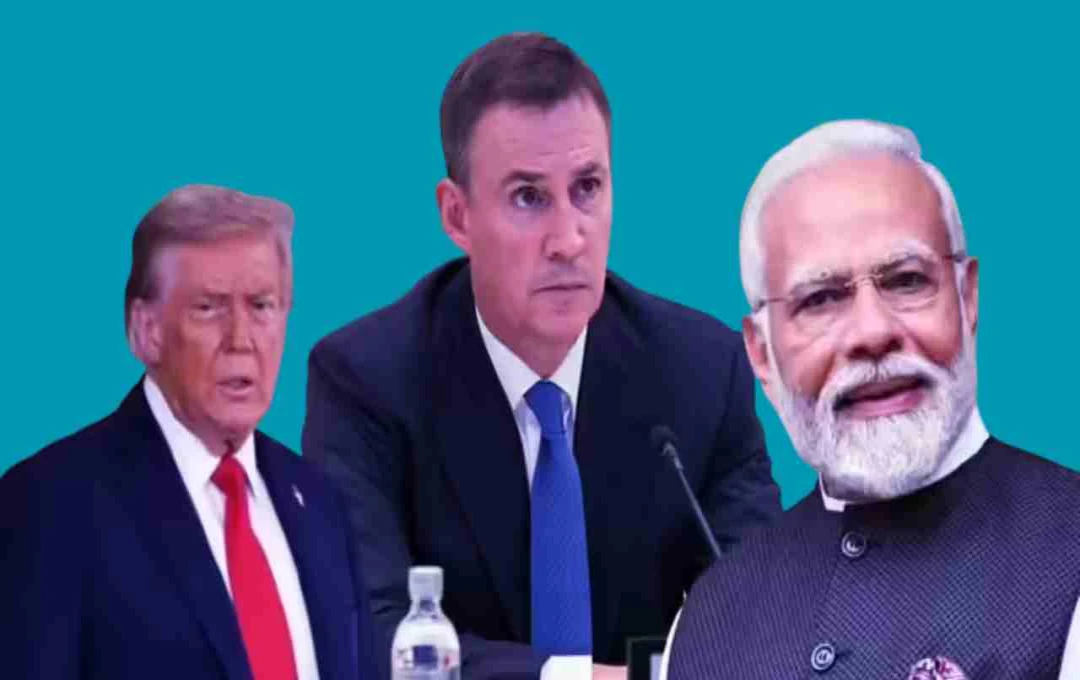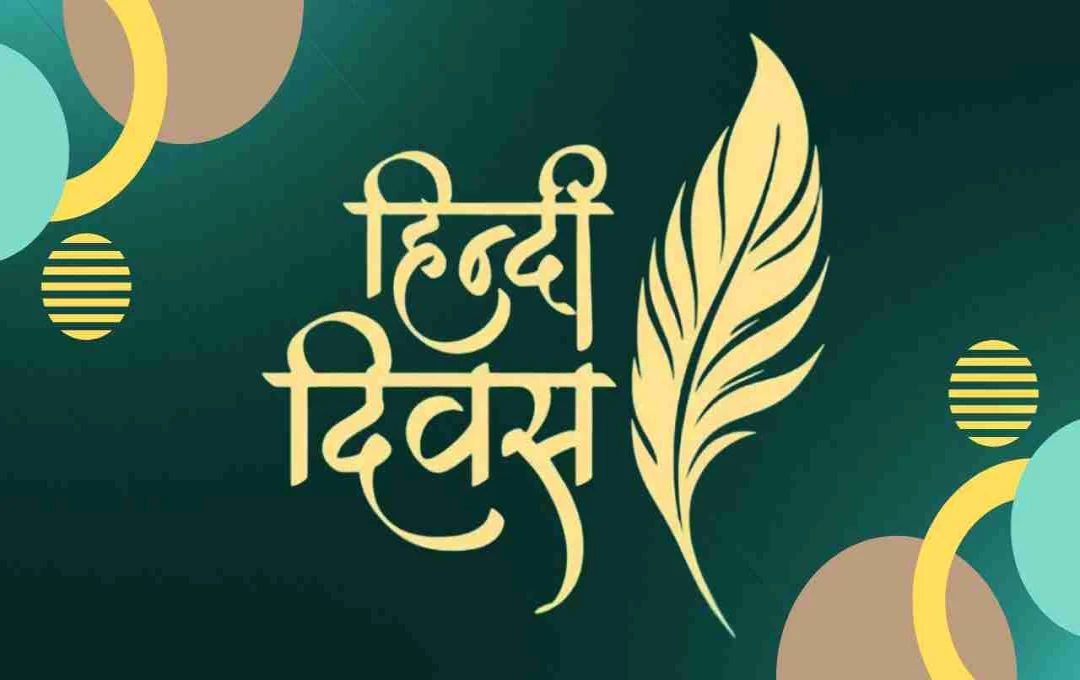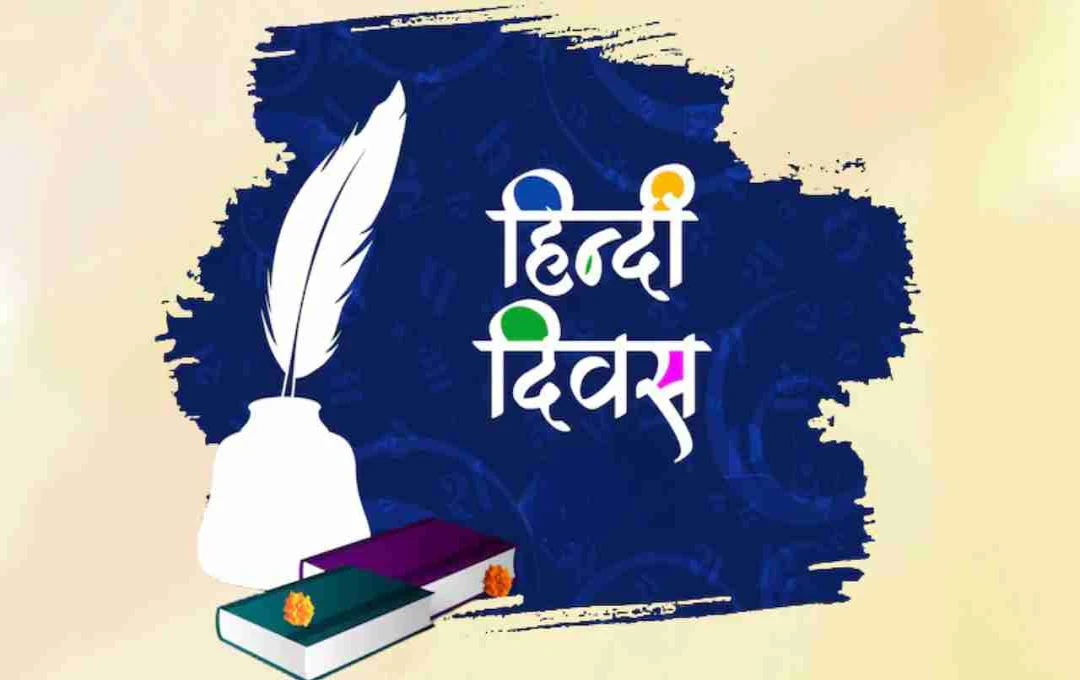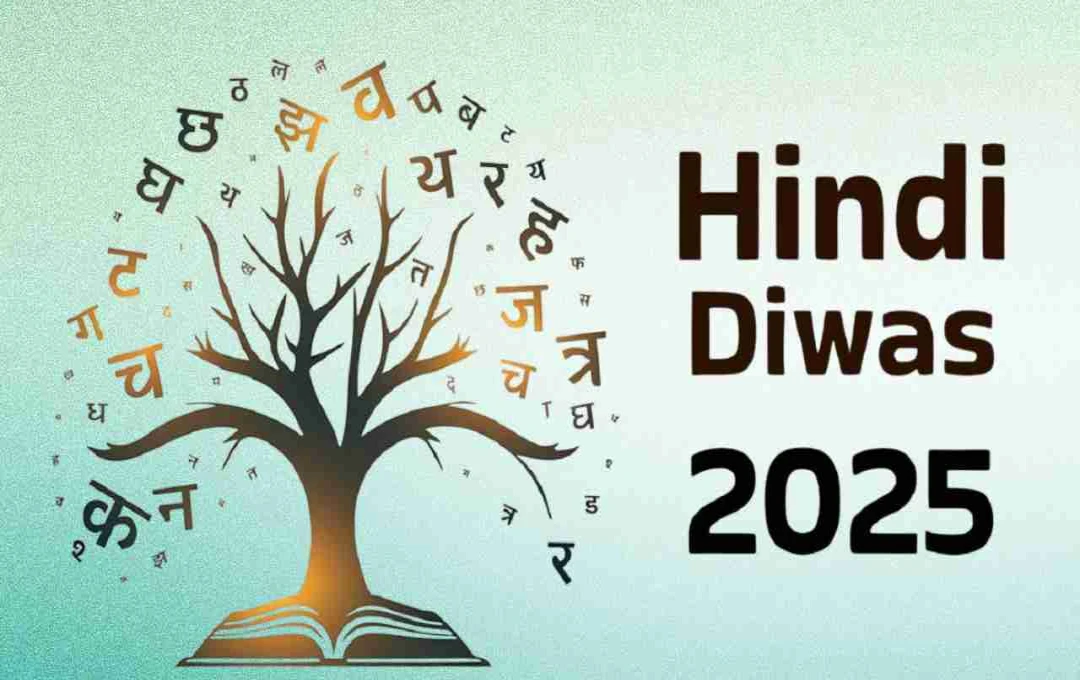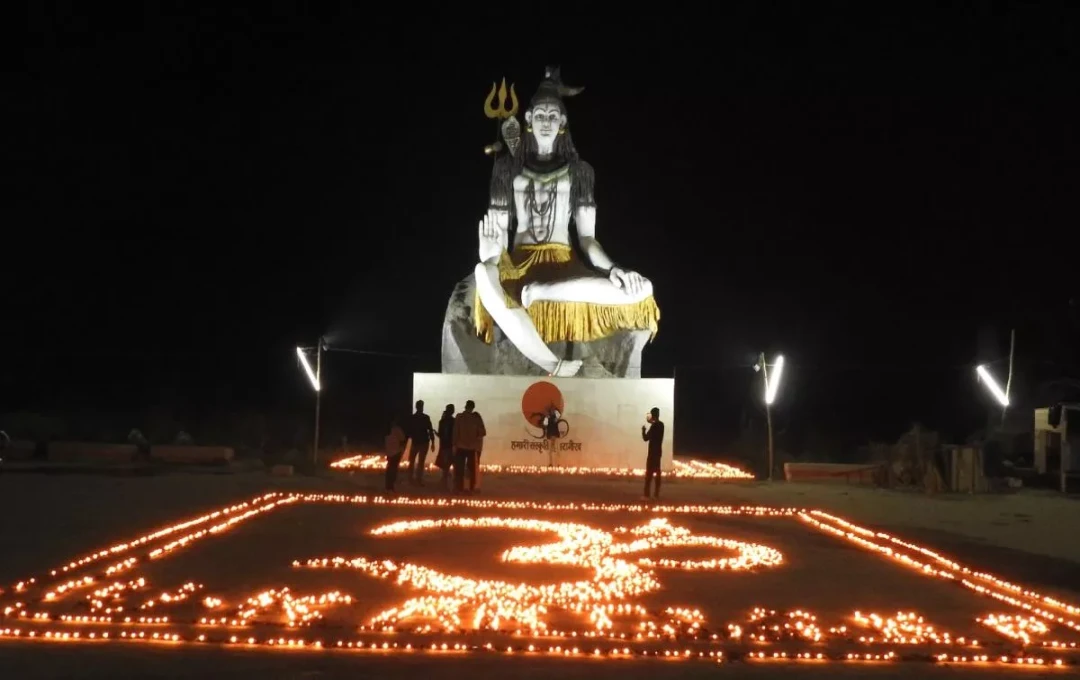UP's 2026-27 Caste Census: 4.5 Lakh Personnel Deployed; Mobile App for Data Collection; Challenges in Sub-Caste Enumeration. Data will be collected in two phases, covering households and individuals.
Caste Census in UP: India is gearing up for another census, this time incorporating details of caste and sub-castes. Over 4.5 lakh personnel will be deployed in Uttar Pradesh (UP) for this massive undertaking. However, this census presents new challenges, particularly in collecting data on sub-castes. Let's understand this process and its significance for UP.
What is a Caste Census and Why is it Being Conducted?
A census is conducted every ten years to gather data on the country's population, their lifestyles, and other essential information. The last census was conducted in 2011, and the 2021 census was postponed due to the COVID-19 pandemic. The central government has now decided to conduct it in two phases in 2026-27.
This census uniquely includes data on caste and sub-castes for the first time. This will be a significant challenge in a large state like UP, with its diverse range of castes and sub-castes. Accurate data collection is crucial for formulating effective social and economic policies.
Two-Phased Census
The census is divided into two phases. The first phase will enumerate households, while the second phase will collect individual data. In UP and other plains states, the first phase will commence in May-June 2026. This phase will record details of each household's status and access to basic amenities like electricity, water, and sanitation. This process is expected to last 30 to 45 days.
The second phase, in January-February 2027, will record each individual's age, occupation, employment, and caste. Crucially, data will be directly entered using a mobile app, minimizing paperwork and enhancing accuracy.
The Scale of the Operation in UP
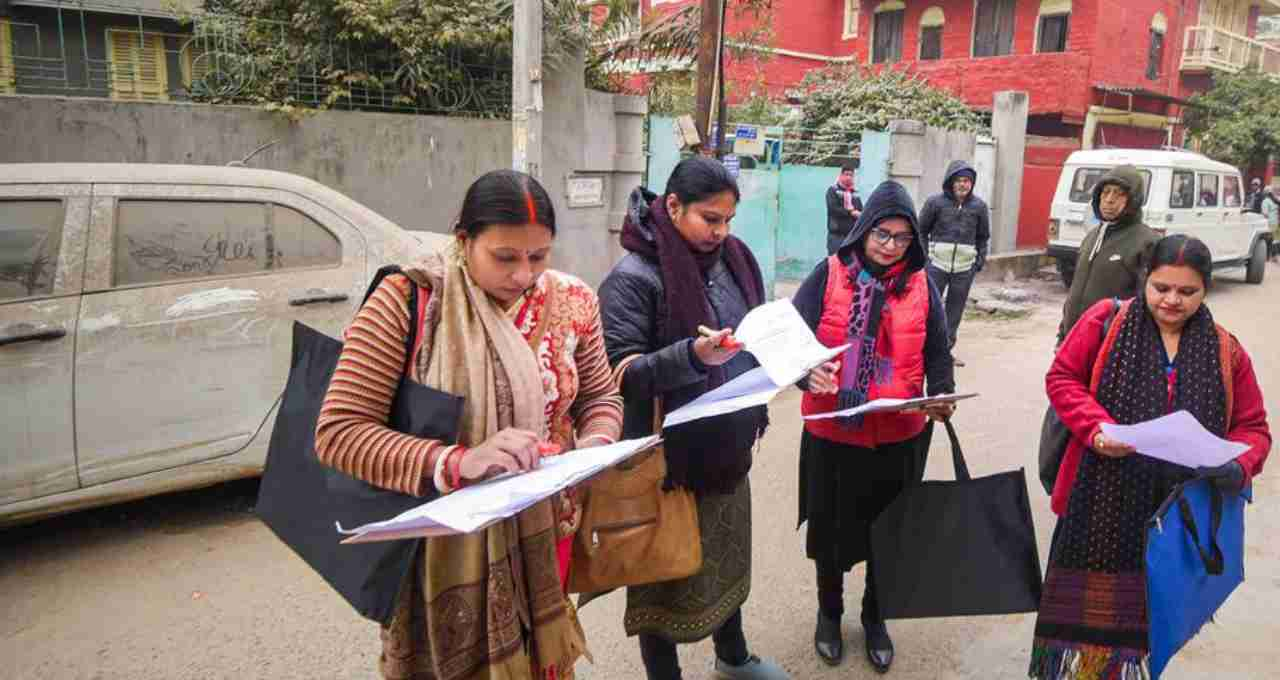
UP, India's most populous state, has 1.04 lakh villages and 783 urban local bodies. The census will cover all these areas, employing over 4.5 lakh personnel, including government employees, local body representatives, and other officials. Each village and urban local body will be designated a 'charge,' overseen by a charge officer.
Villages with populations exceeding 5,000 and where over 75% of the population engages in non-agricultural activities will be classified as 'census towns.' This will facilitate accurate identification of urban and rural areas.
Challenges in Sub-Caste Enumeration
The biggest challenge in this census is accurately collecting sub-caste data. Previously, only Scheduled Castes (SCs) and Scheduled Tribes (STs) were enumerated. Now, sub-caste details will be collected for general categories, OBCs, and other castes. Many communities in UP use various titles or surnames, often lacking official documentation.
For instance, many sub-castes within the general category lack clear documentation. Individuals may also alter titles attached to their names, further complicating accurate data recording. The government needs a robust strategy for precise data collection.
The Role of the Mobile App
Technology plays a significant role in this census. For the first time, data will be directly entered via a mobile app. This will reduce the time spent on paperwork and minimize errors. Personnel will receive training to ensure effective app usage.
Furthermore, mapping of villages and towns will ensure accurate geographical information. This technology will accelerate the process and improve data reliability.
Timeline and Implementation
The census will begin in hill states on October 1, 2026, while plains states like UP will commence on March 1, 2027. However, preparations will start early in 2026. This will involve personnel training, village and town mapping, and subsequent field data collection. The government has also mandated a freeze on the creation of new local bodies or tehsils until December 31, 2026, to prevent disruptions to the census process.
